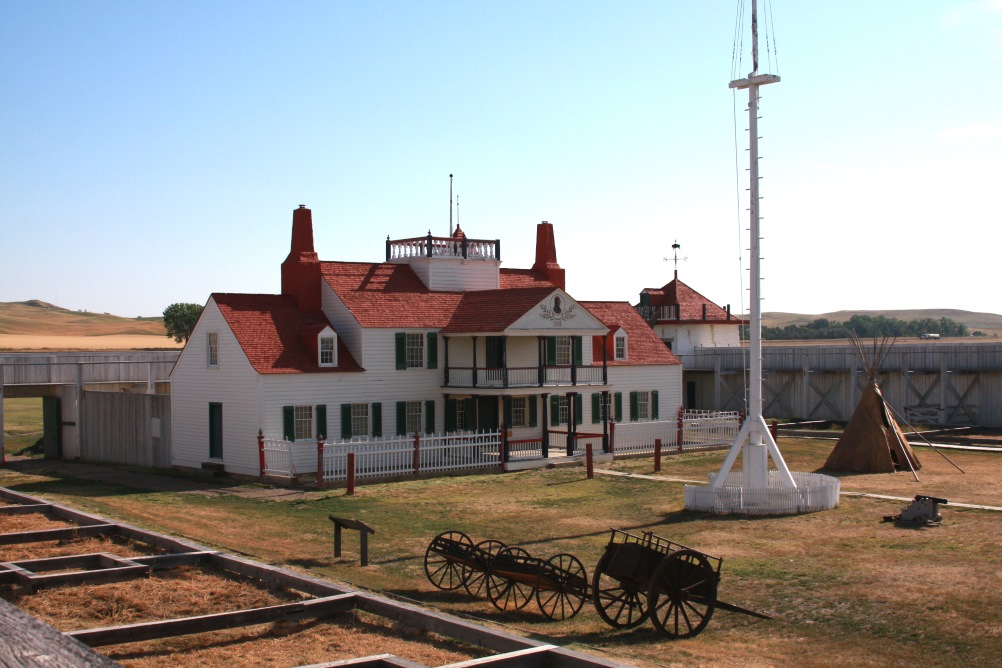August 12, 2022 @ 09:10 CDT
Site Visit #49
As I put this trip together, and saw yet another Fort on the list, I presumed it to be another military establishment like the many that I visited along the Atlantic Coast last year.
It turns out that Fort Union Trading Post National Historic Site was actually built by a private business that engaged in trading in northwestern North Dakota. The primary purpose of the fort was commerce. They would trade with the local Indians, with the fur traders, and with anyone else who had something to sell or trade.
The fort was located along the Missouri River and barges would sail all the way from Saint Louis loaded with tons of merchandise, which the Fort would then store in its warehouses. People would come to the fort with something to trade and exchange that for whatever goods and services they needed. Often they were trading fur pelts of some kind. The Fort would then send the fur and other goods they had exchanged back to Saint Louis where they were sold for cash.
The local Indian tribes were among the more active traders at Fort Union. According to the park ranger, all interactions with these Indian tribes were peaceful for the nearly 40 years that the fort was open. The biggest issue that the fort had with the local tribes was keeping them from fighting each other.
Though the fort indeed had some cannons and rifles, they were only used on a few occasions and those were against rebelling workers within the fort. They never needed to use them against outside forces.

The original fort was abandoned late in the 19th century and eventually disappeared completely due to neglect. What visitors today see is a complete reconstruction of the original fort. Fortunately, one of the people who worked at the Fort in its heyday was an artist who made extensive sketches of the entire trading post. These sketches were used in the reconstruction to make the current site as accurate as possible.
The visitor center is located in a large house-like structure inside the fort. Inside one finds a small museum with original artifacts that were found around the property along with a small TV and DVD player that had several short videos about the fort, people and times. In addition, the ranger on duty was more than willing to answer questions and talk about the fort and its history; one of the advantages, I guess, of this being a lesser-visited park (there was only one other car present when we arrived and a two present when we left).
In addition to the history associated with the fort, we can witness some natural history outside the front gate. A short distance outside the gate the land drops off steeply. At the time when the Fort was active, this drop off was into the Missouri River. The river in the last 140 years has moved 700 yards to the south and now it is simply a steep drop to a grassy ledge.
Steve